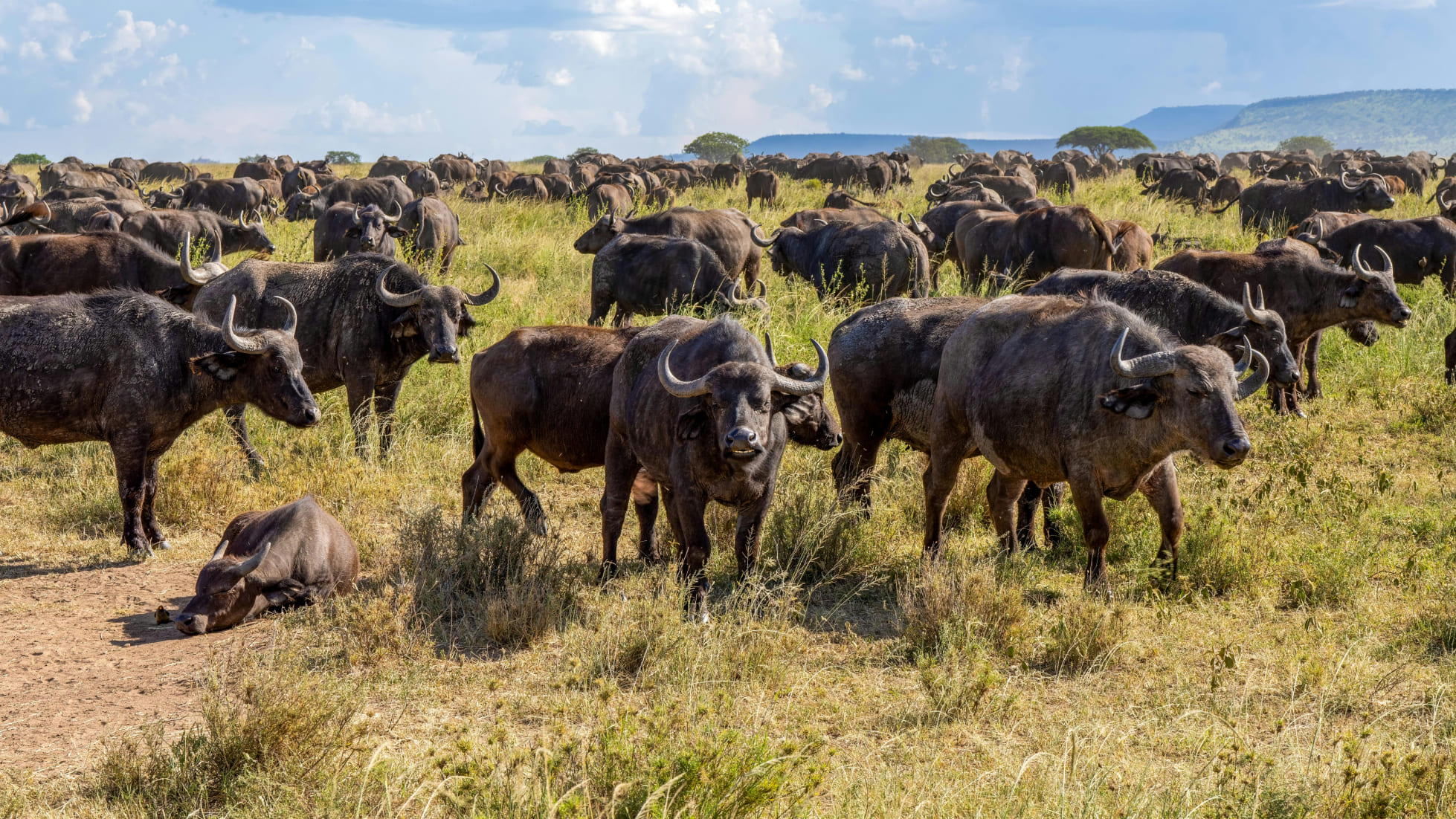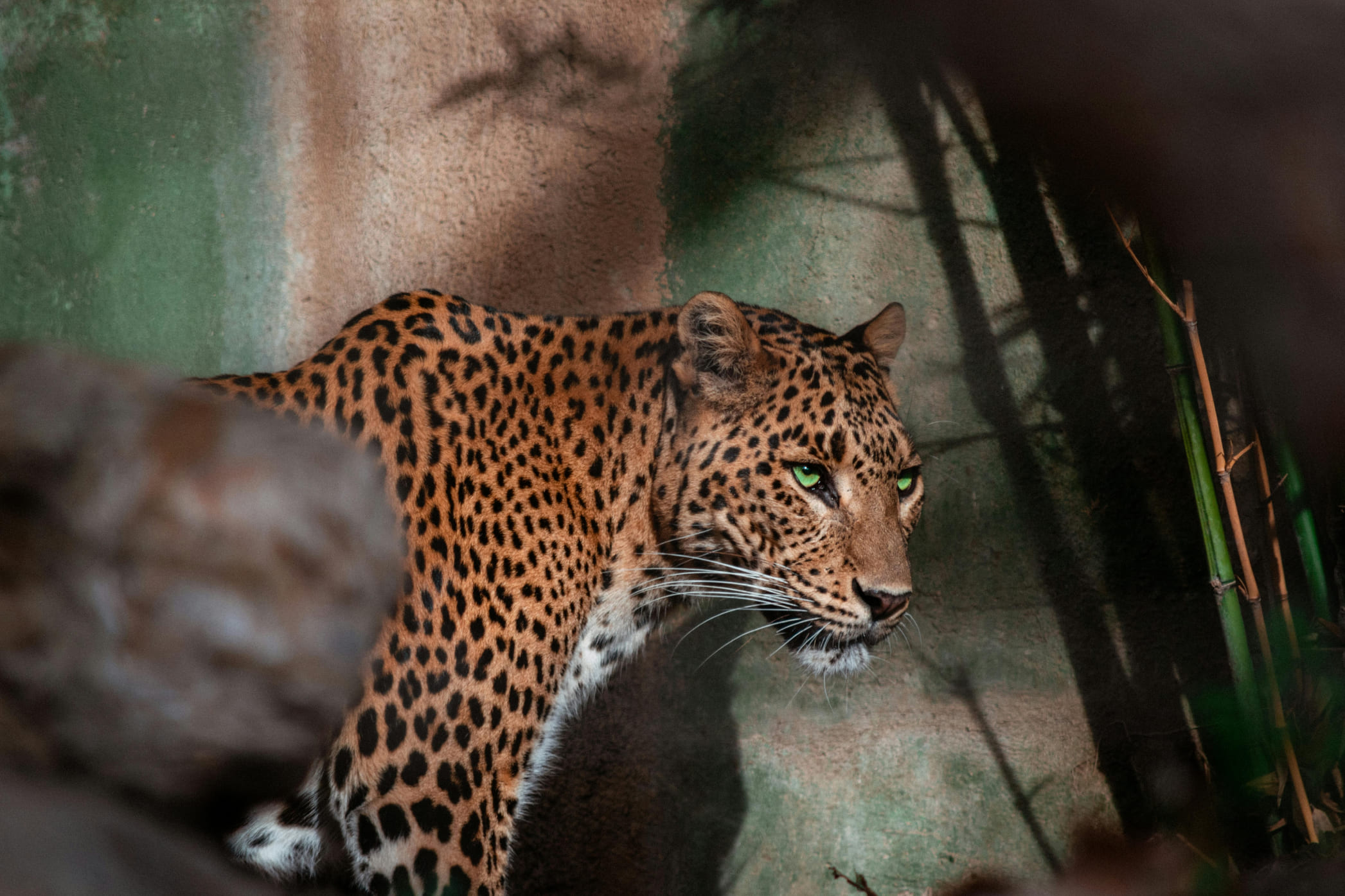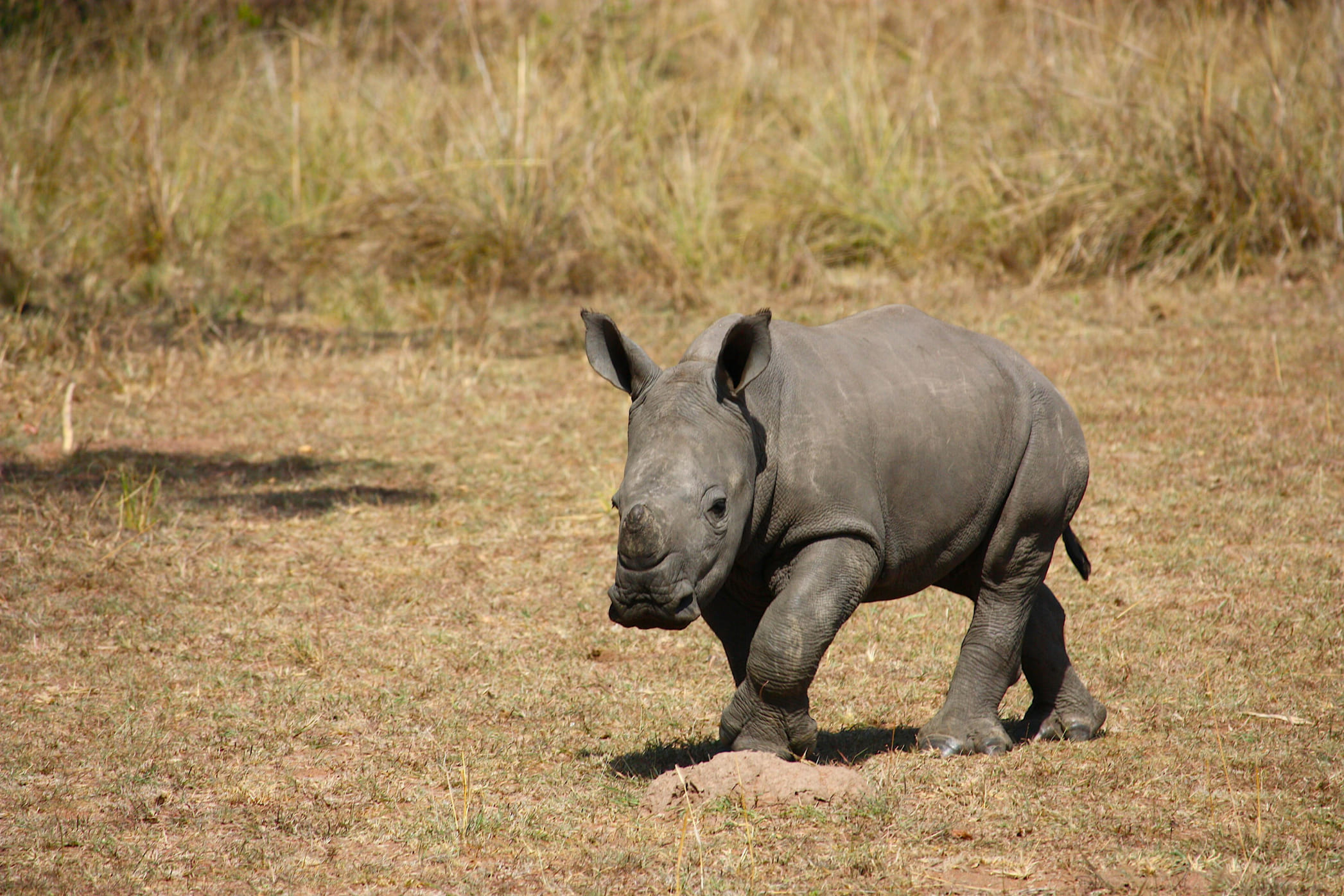




Snow leopards, with their thick fur and elusive nature, are a rare sight. Zoos provide a chance to see these beautiful animals up close and learn about conservation efforts.

In butterfly gardens, colorful butterflies flutter around, creating a serene and magical experience. Their delicate beauty and short lives remind us of nature’s fragile elegance.

Meerkats are famous for their curious personalities and cooperative behavior. Watching them dig, play, and stand on guard is a highlight for many, as these animals are always on the move.

Tortoises are fascinating for their slow and steady way of life. Often living over 100 years, they embody patience and resilience, traits that captivate and inspire visitors.



Wolves are social animals that live and hunt in packs, which can consist of up to 15 members.
Predators play a crucial role in maintaining the balance of ecosystems by controlling prey populations and promoting biodiversity.

Zoos house a remarkable variety of animals, representing species from nearly every corner of the globe.

While zoos are primarily known for their work with animals, many also contribute to the conservation of plants and ecosystems.

Modern zoos are much more than places to see animals; they are active centers of wildlife advocacy, engaging the public in conservation efforts.

Animal migration and seasonal behaviors are vital aspects of many species' lives, impacting their survival and reproduction.



“Our family had a fantastic time exploring the zoo! The exhibits were well-organized, and the animals seemed happy and well cared for. My kids loved feeding the giraffes and learning about each species from the helpful staff. We spent the entire day and still didn’t get to see everything! It was an educational and fun experience for everyone. We’ll definitely be back soon.”

“I recently visited and was very impressed with the variety of animals and the beautiful habitats. The zoo does a great job balancing education with entertainment. I learned so much about endangered species and how we can help conserve wildlife. The big cat exhibit was a highlight—seeing lions and tigers up close was breathtaking. I’d recommend this to anyone who loves animals and nature!”

“The zoo was a peaceful and well-maintained escape from the city. I really enjoyed the bird sanctuary and butterfly garden, where you can get so close to the animals in their natural-like habitats. The guides were friendly and provided plenty of interesting facts about each species. It’s a perfect place to unwind and learn about animals at the same time.”

“This was one of the best animal experiences I’ve ever had. The zoo offers a chance to see many rare species, and the staff clearly cares deeply about the animals' well-being. The interactive areas for kids are wonderful, and there’s a great balance of excitement and education. We appreciated the eco-friendly facilities and commitment to conservation efforts. I’ll definitely be recommending it to friends and family!”
The animal kingdom is incredibly diverse, with species adapted to every imaginable environment on Earth. From insects in the rainforest to mammals in the Arctic, each plays a unique role in maintaining the balance of nature.